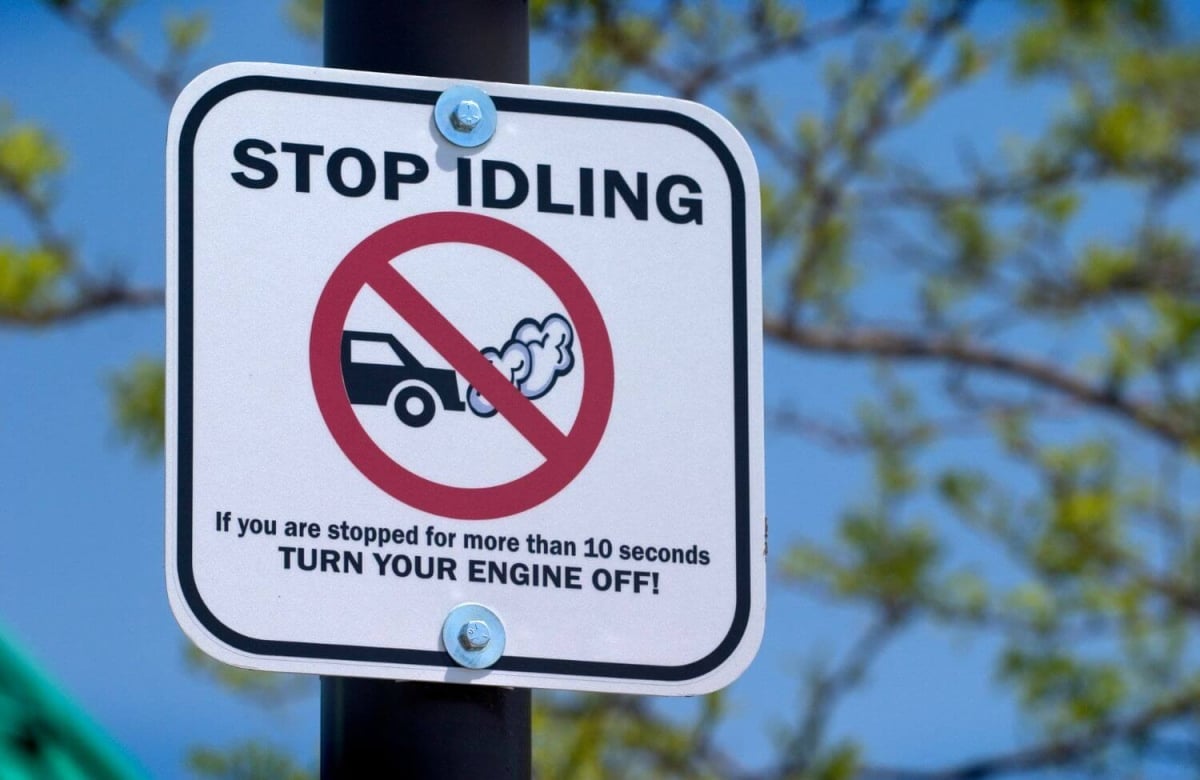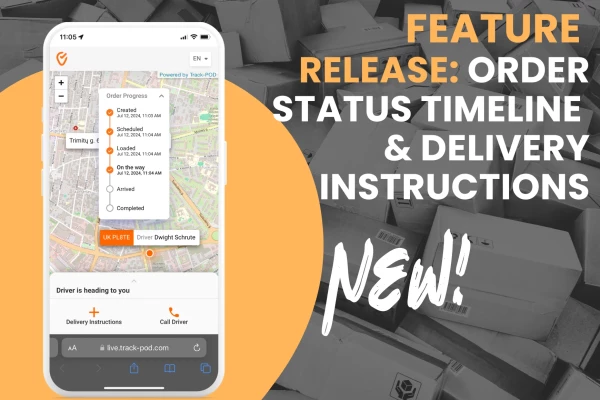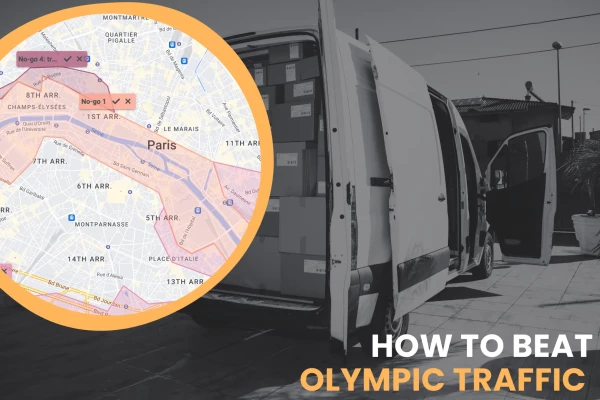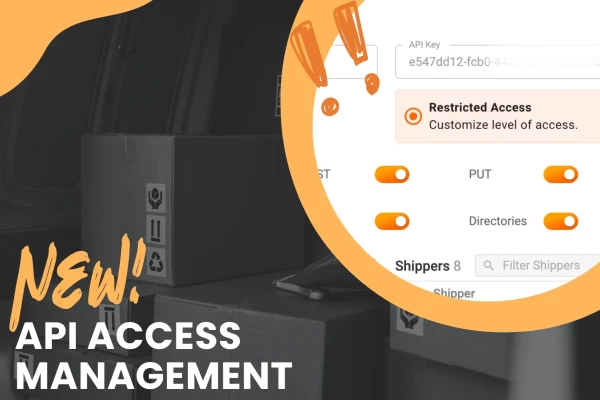What Does Idling Mean for Your Delivery Operations Efficiency?

by
Yulia Miashkova
June 27, 2023
Idling gets you nowhere.
This is true both for personal trips and for business logistics.
Delivery operations need to be mindful of the issue of idling because it not only doesn't move things forward but also sets you back.
In this blog post, we're taking a close look at the problem of idling. What does it mean? Why is it problematic? And how can driver idling be handled once and for all?
Keep reading to find out.
What does idling mean?
We start with the definition.
Idling refers to the situations where a car engine is running even though the vehicle is not moving for some time.
While some amount of idling is inevitable in real-world logistics scenarios (traffic, road works, etc.), prolonged engine idling inflates costs and produces unnecessary carbon emissions (more on that later).
By and large, idling starts when a vehicle hasn't moved for over 2 minutes with the engine running.
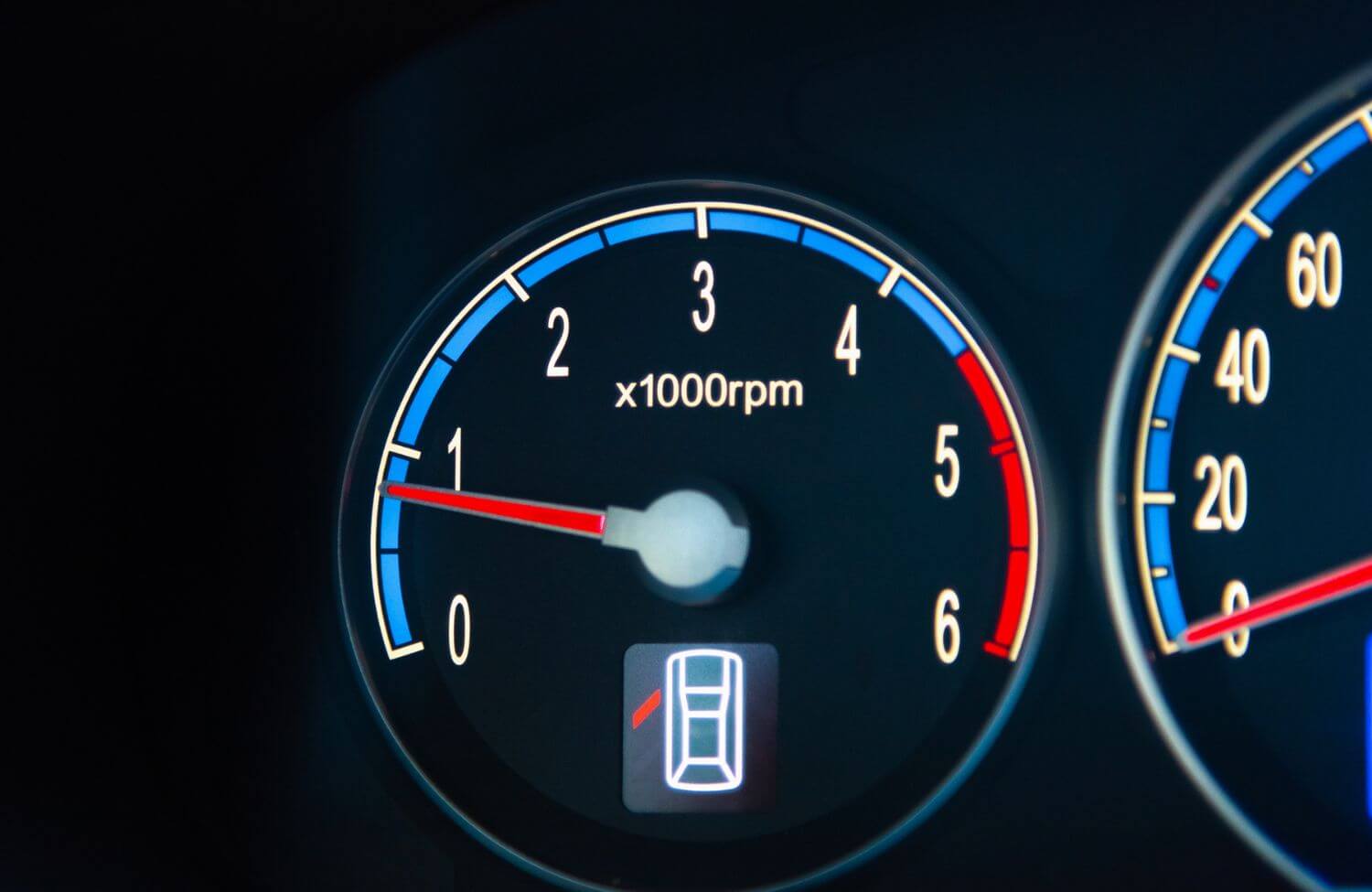
The terms car idling and engine idling can be used interchangeably as they both involve a running engine as a prerequisite. For the purpose of this article about logistics operations, we'll also be using the term driver idling.
What's the problem with idling?
There are two main problems when it comes to car idling.
- Losing money.
- Producing emissions.
In the context of a logistics operation with contract or full-time drivers and customers awaiting the fulfillment of their orders, the stakes are even higher.
When a delivery driver is idle, you lose money on wasted fuel, payable driver hours, and unhappy customers.
In the case of multi-stop routes with drops organized according to customers' preferred time windows, car idling lowers the rate of on time deliveries. It contributes to scenarios where a driver runs out of time to deliver all orders in a route.
Let's look at the issues that arise from driver idling in more detail.
1. Wasted fuel
On average, an idling engine will consume 1/2 of a gallon of fuel per hour. Since fuel expenses are a big chunk of logistics expenses, prolonged idling can significantly inflate your cost per mile.
The more drivers you have on the road, the greater the accumulative cost of wasted fuel will be.
If you're mindful of your cost per mile and want to make the most of your logistics resources, monitoring driver idling should be at the top of your agenda.
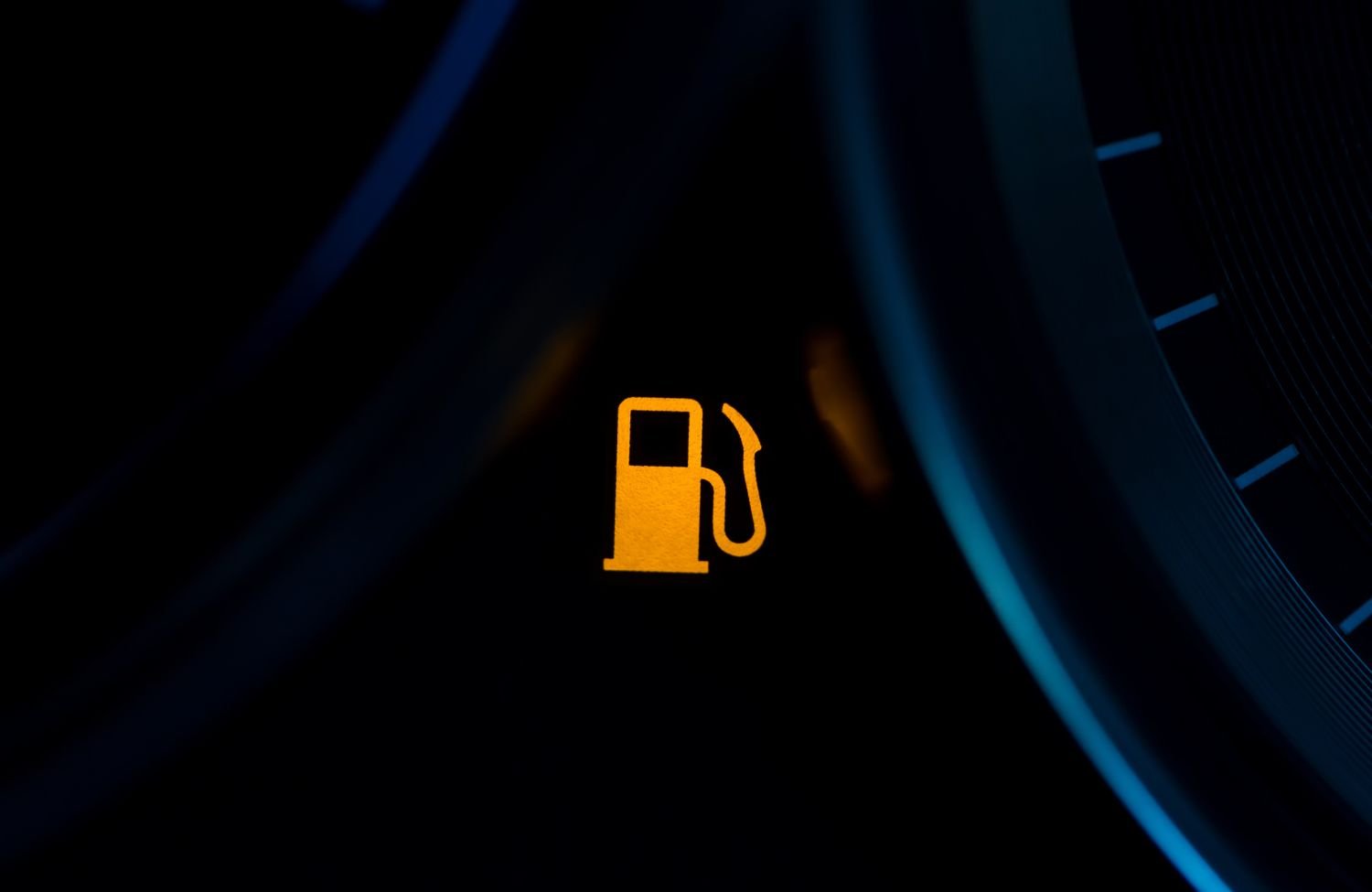
2. Extra hours
Even if you work with part-time contract drivers, you need to have your hand on the pulse of driver idling. Idling can occur at any point in the delivery route, which means you'll have to cover all expenses, including courier time.
The time spent idling is included in billable hours, which makes it a part of logistics expenses.
The challenge with detecting idling is that when you have many drivers on the road, it can be tricky to keep an eye on all of them. Idling can be incremental, e.g. a driver won't be idle for hours at a time but will occasionally take 15 min breaks in-between stops in a route.
With many drivers being idle for short periods of time at once, the costs will pile up.
3. Engine damage
Idling is not harmless when it comes to engine health. In fact, idling contributes to significant mechanical degradation, which inflates vehicle maintenance costs in the long run.
A key part of fleet management is enforcing vehicle maintenance routines, e.g. by having your drivers complete a digital safety checklist at the beginning and/or at the end of every delivery route.
If you take preventative maintenance seriously, engine idling should be a major concern.
4. Driver safety
Car idling produces fumes that can lead to major health conditions such as asthma and other respiratory problems. As a fleet manager responsible for the health and safety of their employees, being on the lookout for engine idling is a priority.
Indling prevention can include measures such as educating your employees on the risks associated with it, including health concerns.
5. Carbon emissions
On the topic of health, idling is also bad for the environment. A running engine produces carbon emissions, polluting the air and posing a risk to public health and safety.
Turning the engine off instead of idling is better both for fuel consumption and emissions.
The whole idea of no-idling zones is based on minimizing air pollution in densely populated areas. Staying mindful of engine idling, in general, is a good practice to implement in your logistics operations.
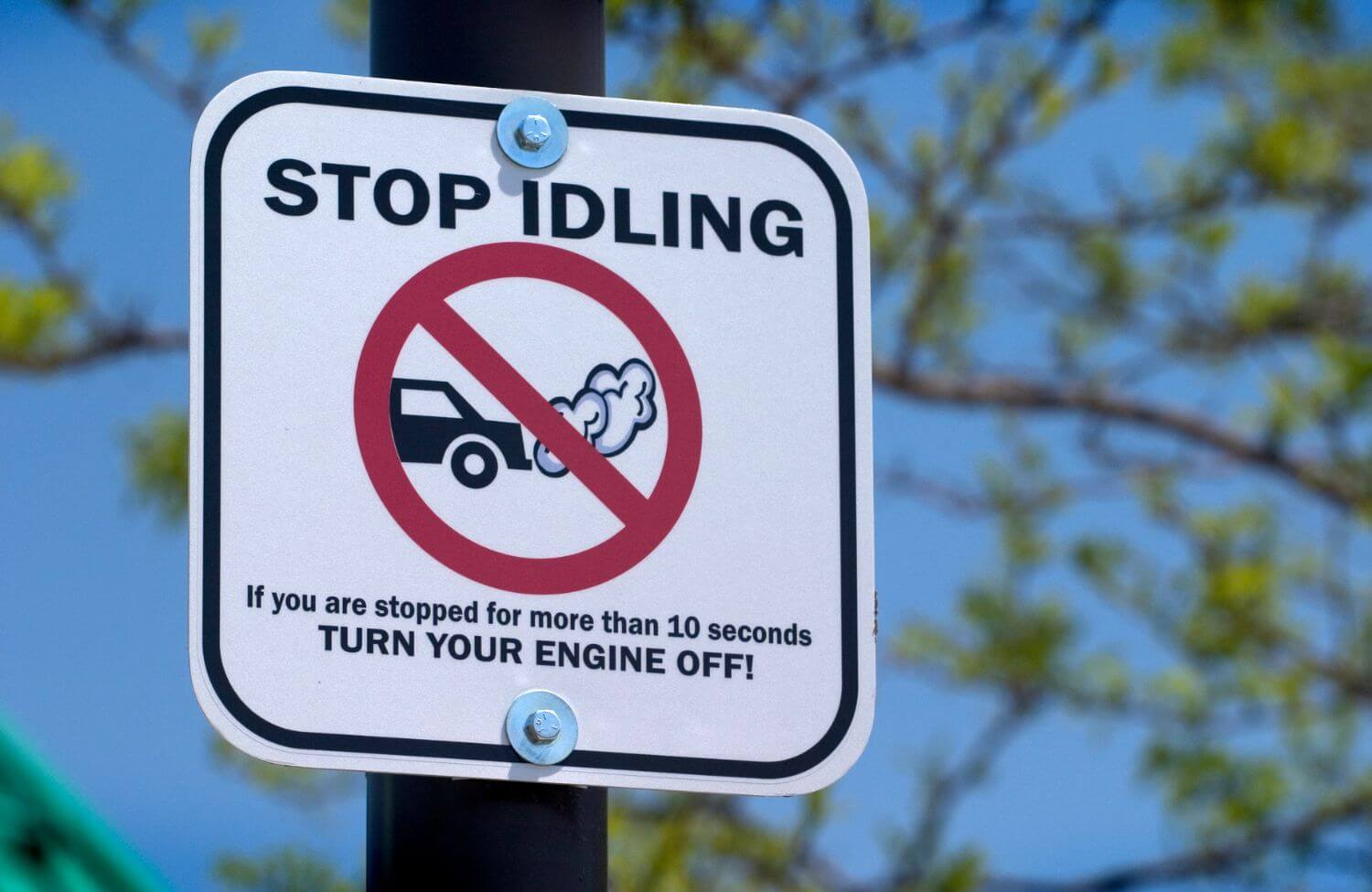
6. Customer experience
Of course, we can't talk about driver idling in last-mile logistics without mentioning customer experience and actual order fulfillment times.
On time delivery is a costly metric in a way that failing to meet customers' preferred time windows for delivery entails many expenses.
From delays and missed time windows to redelivery and returns - logistics costs will keep piling up when drivers are unable to fit into customers' schedules.
Seeing how customers can monitor drivers' locations in real time, idling can add a lot of unnecessary friction to the customer experience.
How to handle idling once and for all
The truth is, you can't handle driver idling once and for all. However, there are policies you can implement and tools you can use to monitor the progress of individual drivers.
Track-POD's new version of the routing dashboard - Plan & Track - comes equipped with new driver statuses updated live on the map.
The color of the driver's pin changes in real time depending on their idling status.
0-9 min
In Track-POD Web 2.0, an active driver's pin will be green for up to 9 min of idling. Idling here can include service time or any force majeure like traffic or weather conditions.
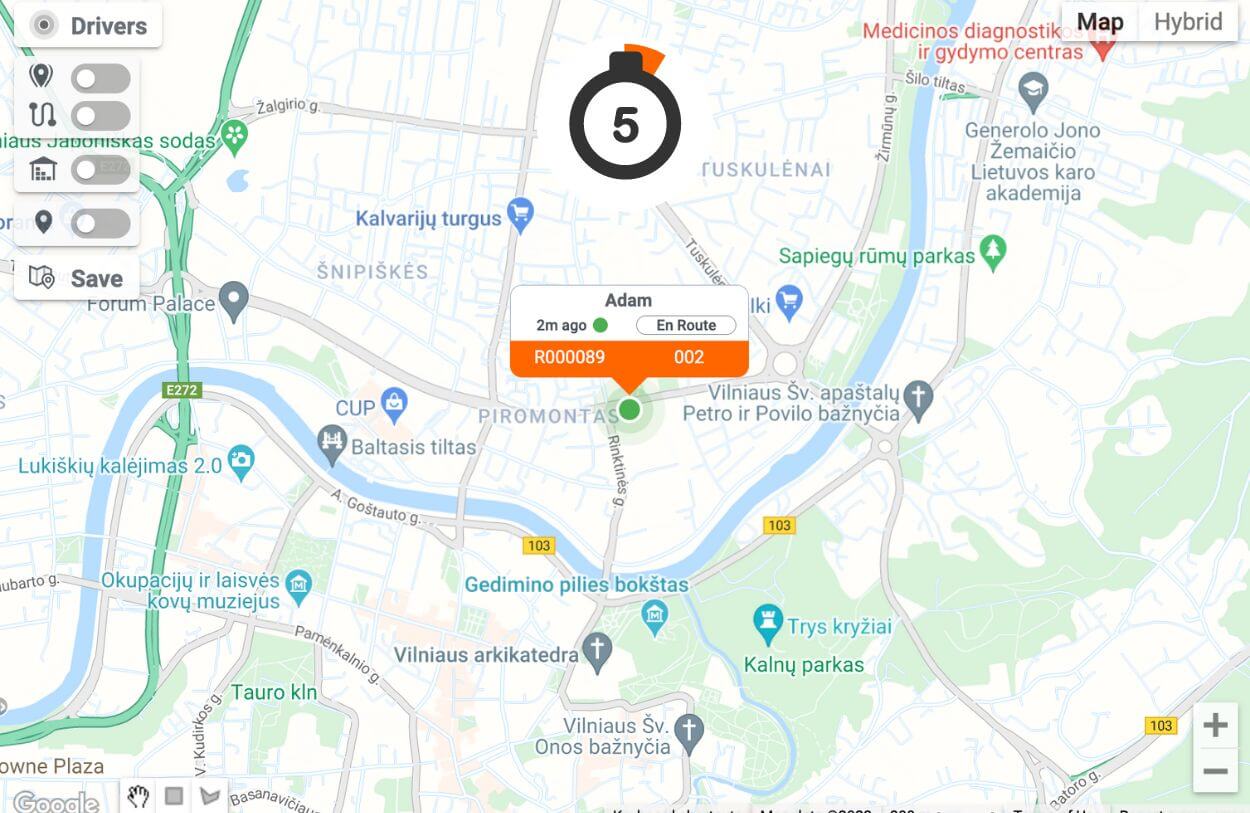
10-19 min
When a driver has been idle for over 10 min, their pin color changes to yellow on the live map.
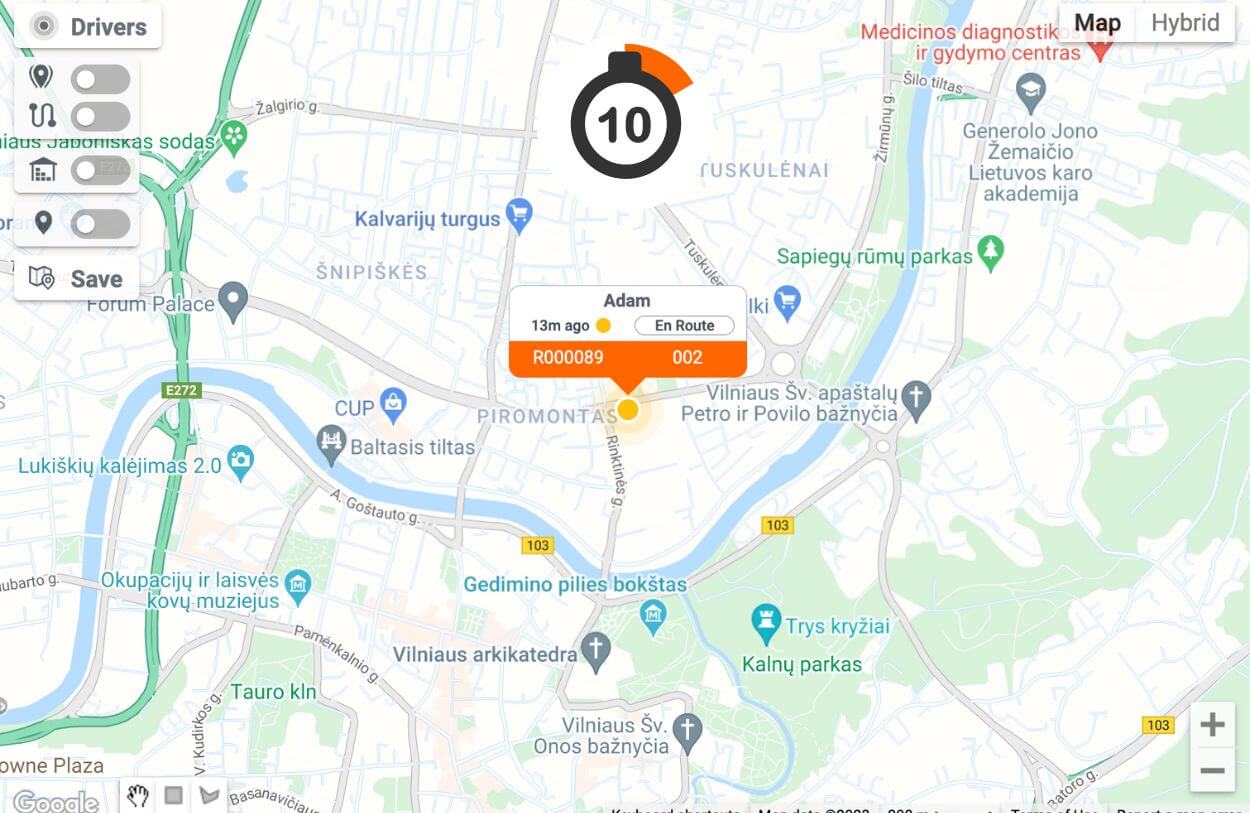
20+ min
After a driver has been idle for 20 min, their pin color changes to red. This is done to signify to the dispatcher that significant idling affects order completion times and contributes to fuel waste and emissions.
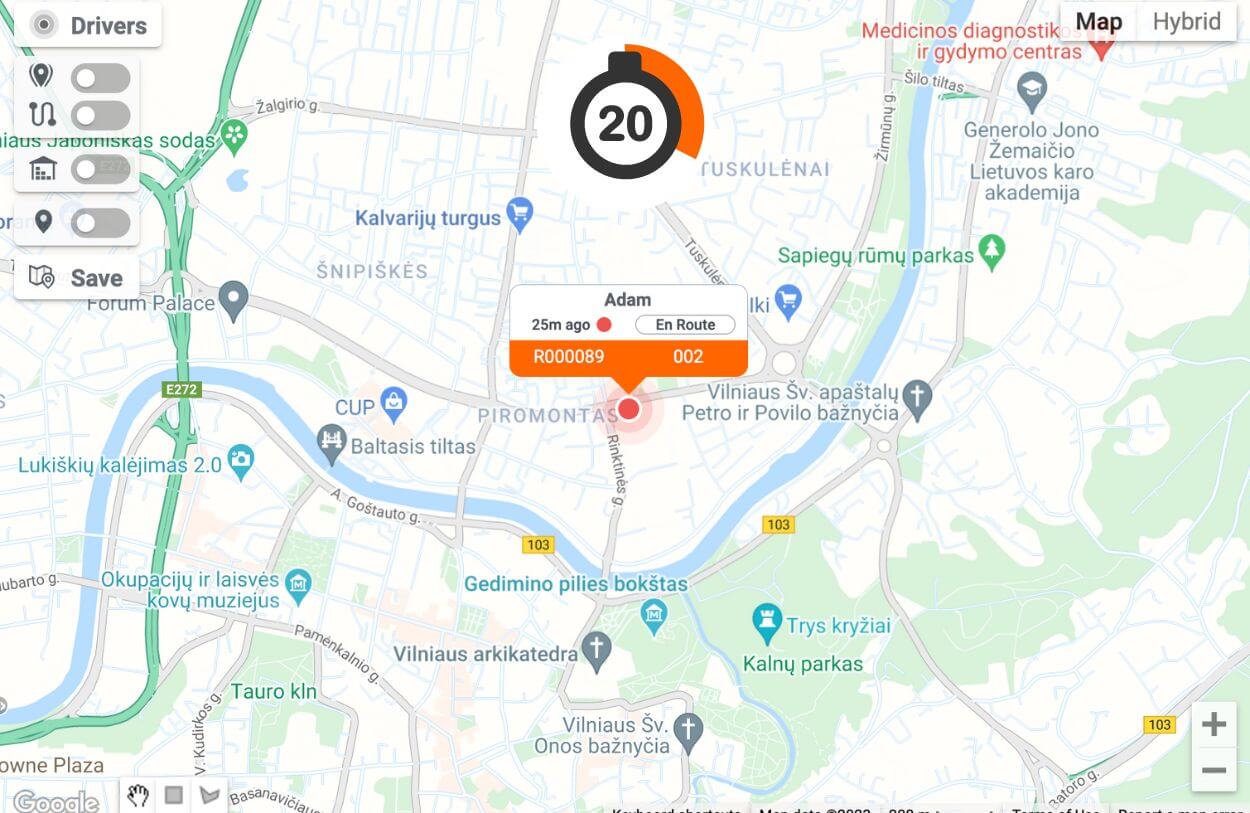
Having an overview of all your drivers with their statuses updated live is the best tool you can have for monitoring idling. Regardless of how big your fleet is, you'll always have control over the idling situation.
Wrapping up
In every possible way, idling won't get you anywhere. As a logistics operation, taking idling seriously is the only way to move forward without losing precious time, money, and customer trust.
If you're ready to take control of the issue of driver idling, get started with Track-POD Web 2.0 now. Live driver statuses is one of the many advanced tools we built to make multi-stop route planning a breeze.
If you'd like a guided tour of Plan & Track, book your live custom demo for free.
About The Author
Yulia Miashkova
Growth marketing manager with a background in public relations, SEO, social listening, and Account-Based Marketing.

